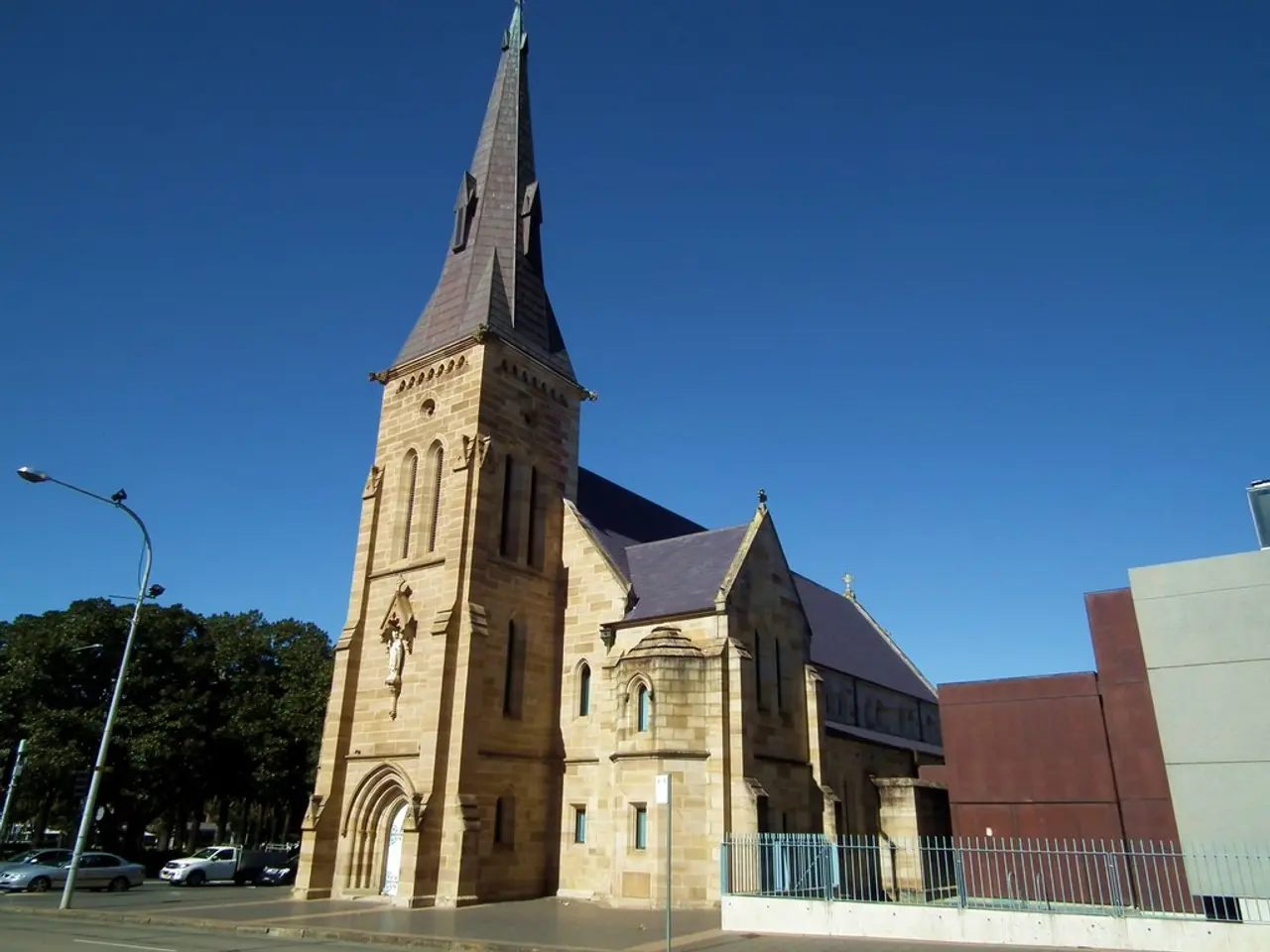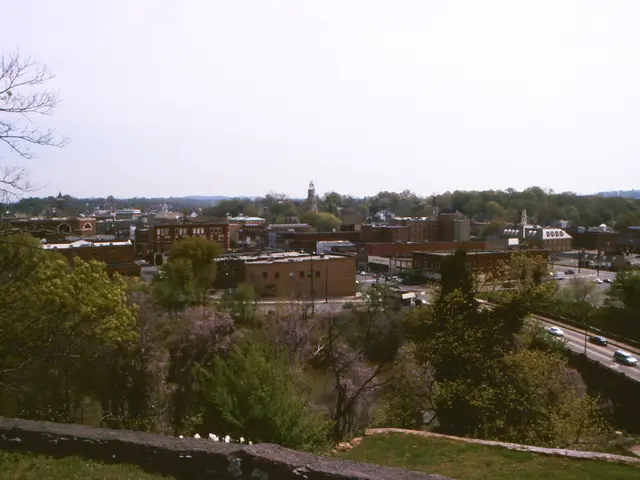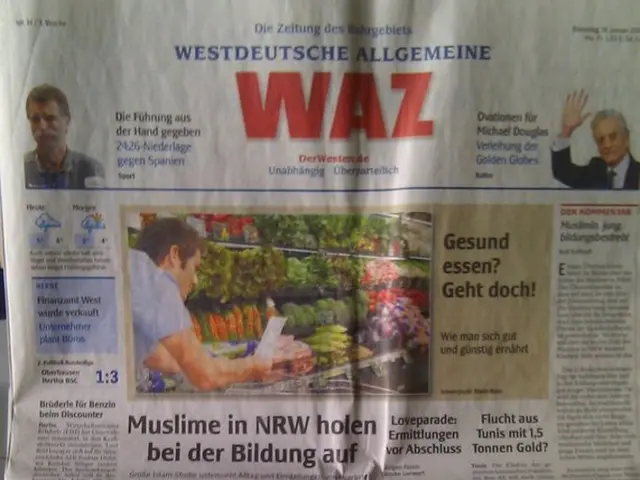Dordogne's Rich Heritage: From Gabarres to Walnut Oil
A captivating report explores the rich history and traditions of the Dordogne region, showcasing its unique heritage and culinary delights. The piece takes viewers along the scenic Dordogne river, capturing two beautiful autumn days, and delves into the significance of walnut oil and traditional gabarres boats.
The report begins with a visual journey along the Dordogne river, where traditional gabarres boats, once used for transporting goods, now serve as a reminder of the region's past. The narrative then shifts to the historic Bergerac bridge, where a guide shares its fascinating history with tourists.
In the small village of Montpon-Ménestérol, an organ in a local church is featured. This instrument, once facing destruction, was meticulously rebuilt by organ builder Gonzalez. The story behind its restoration is one of passion and dedication, with Francis Chapelet, a local enthusiast, rebuilding the organ from scratch to create an exceptional piece.
The report also visits the Moulin de la Veyssière in Dordogne, where walnut oil, known as 'the gold of the Périgord', is produced. The cooking temperature, between 97 and 105 degrees, is crucial for maintaining the oil's distinctive taste. Historically, this oil contributed to the region's prosperity and was exported throughout Europe via gabarres. Today, it remains highly valued by connoisseurs.
The process of extracting walnut oil is also explored, with roasted chestnuts playing a key role. The report concludes with a celebration of the region's unique heritage and the dedicated individuals preserving its traditions.
The Dordogne region's rich history and culinary delights are showcased in this engaging report. From the historic Bergerac bridge to the exceptional organ in Montpon-Ménestérol and the production of walnut oil, each aspect highlights the area's unique character and the passion of its people in preserving its heritage.








